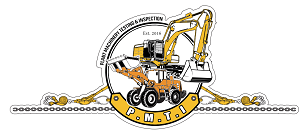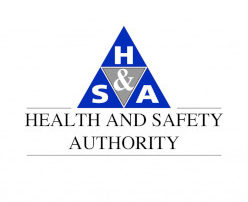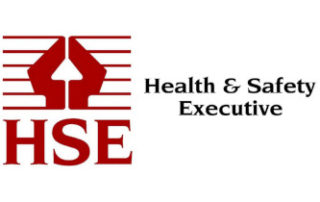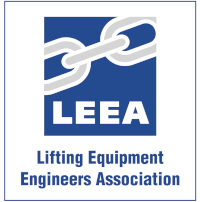Provision and Use of Work Equipment Regulations 1998 (PUWER) (UK)
Summary of regulations only. Do not rely on this information as being complete, accurate or up-to-date.
Provision and Use of Work Equipment Regulations
PUWER replaces the Provision and Use of Work Equipment Regulations 1992 and carries forward these existing requirements with a few changes and additions, for example the inspection of work equipment and specific new requirements for mobile work equipment. Many aspects of PUWER should therefore be familiar to you.
The Regulations require risks to people’s health and safety, from equipment that they use at work, to be prevented or controlled. In addition to the requirements of PUWER, lifting equipment is also subject to the requirements of the Lifting Operations and Lifting Equipment Regulations 1998.
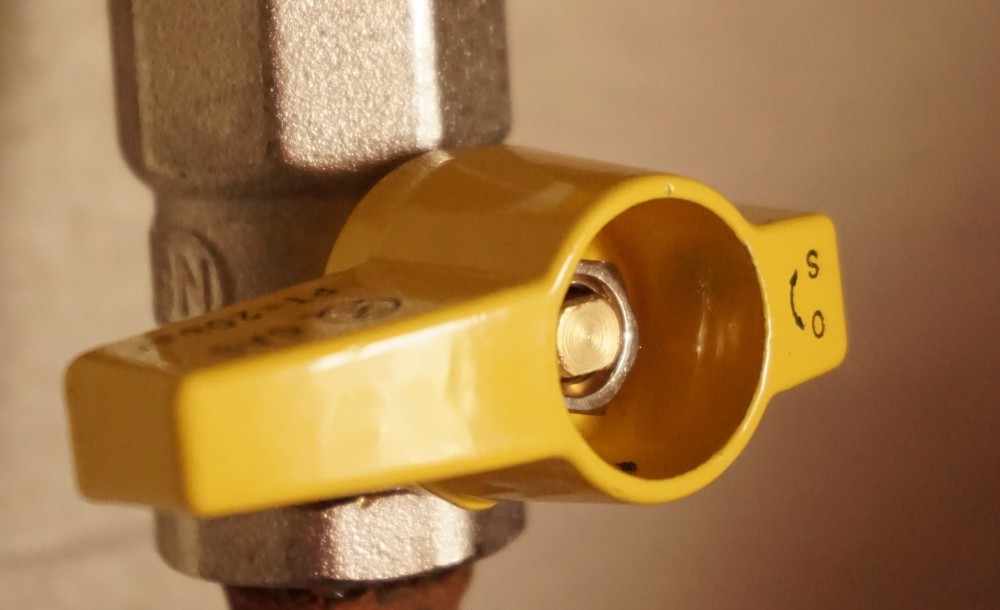
PUWER regulations protects you
In general terms, the Regulations require that equipment provided for use at work is:
■ suitable for the intended use;
■ safe for use, maintained in a safe condition and, in certain circumstances, inspected to ensure this remains the case;
■ used only by people who have received adequate information, instruction and training; and
■ accompanied by suitable safety measures, e.g. protective devices, markings, warnings.
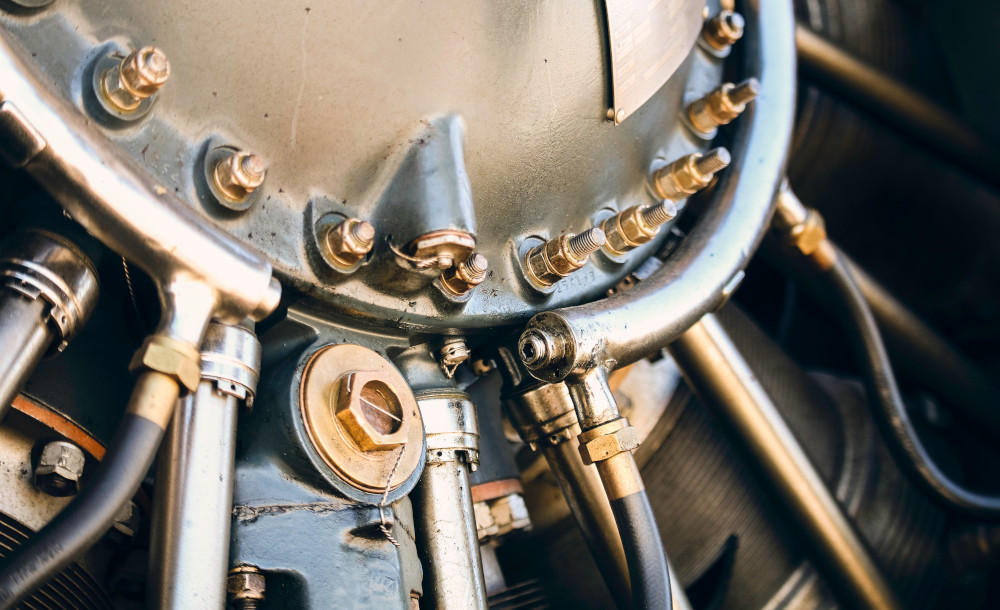
Equipment used by an employee at work
Generally, any equipment which is used by an employee at work is covered, for example hammers, knives, ladders, drilling machines, power presses, circular saws, photocopiers, lifting equipment (including lifts), dumper trucks and motor vehicles. Similarly, if you allow employees to provide their own equipment, it too will be covered by PUWER and you will need to make sure it complies.
Work equipment must meet all the requirements of the Regulations from 5 December 1998. However, requirements relating to certain aspects of mobile work equipment (see below) do not apply to such
equipment (provided for use in the business before 5 December 1998) until 5 December 2002. HSE information sheet MISC156 should be read if you use hired mobile work equipment.
Examples of uses of equipment which are covered by the Regulations include starting or stopping the equipment, repairing, modifying, maintaining, servicing, cleaning and transporting.
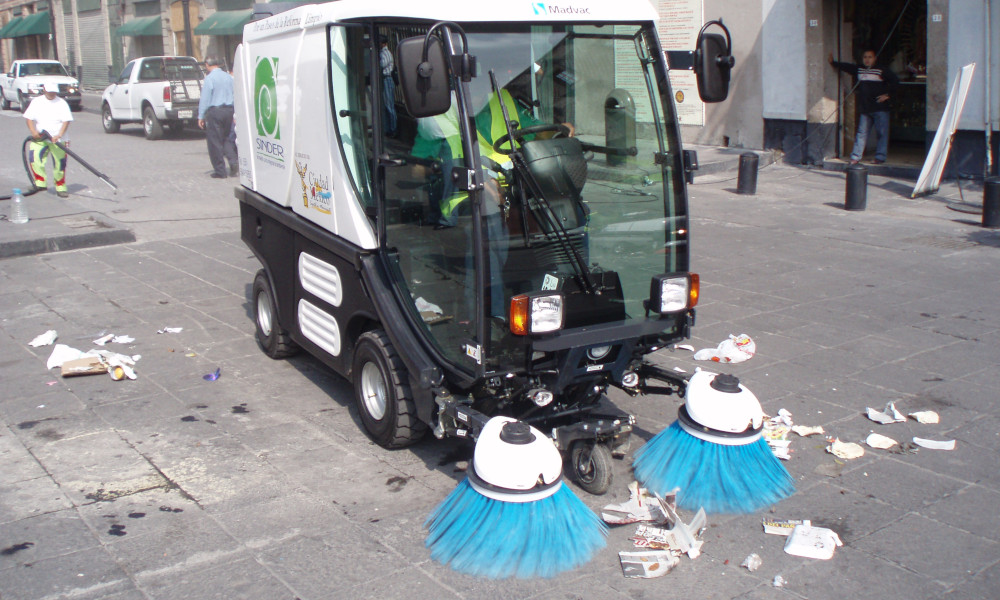
Do the Regulations apply to me?
If you are an employer or self-employed person and you provide equipment for use at work, or if you have control of the use of equipment, then the Regulations will apply to you.
They do not apply to equipment used by the public, for example compressed air equipment used in a garage forecourt. However, such circumstances are covered by the Health and Safety at Work etc Act 1974 (HSW Act).
While your employees do not have duties under PUWER, they do have general duties under the HSW Act and the Management of Health and Safety at Work Regulations 1999 (MHSWR), for example to take reasonable care of themselves and others who may be affected by their actions, and to co-operate with others.
The Regulations cover places where the HSW Act applies – these include factories, offshore installations, offices, shops, hospitals, hotels, places of entertainment etc. PUWER also applies in common parts of shared buildings and temporary places of work such as construction sites. While the Regulations cover equipment used by people working from home, they do not apply to domestic work in a private household.
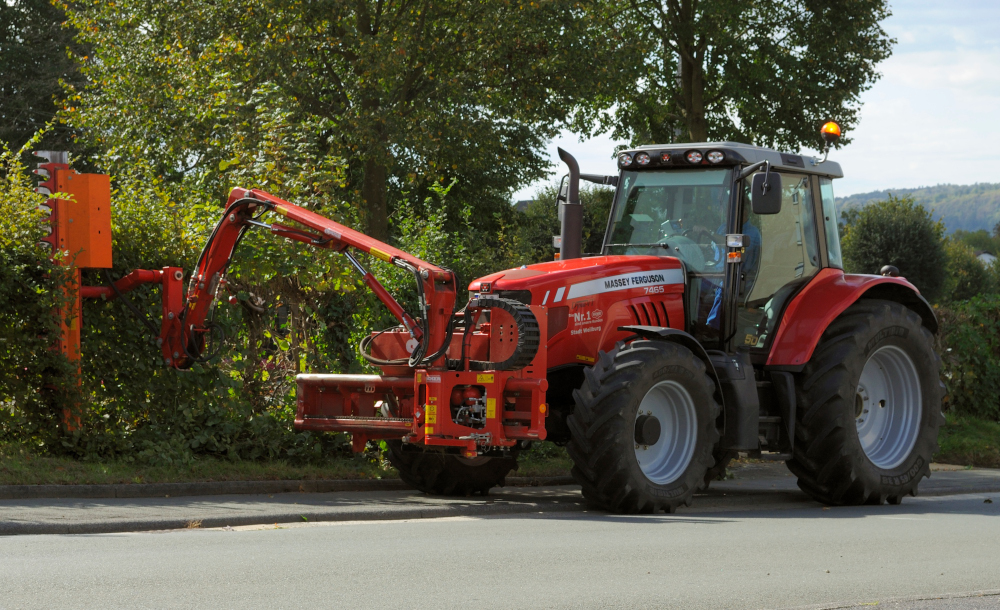
A Tradesman For Any Size Job
You must ensure that the work equipment you provide meets the requirements of PUWER. In doing so, you should ensure that it is:
■ suitable for use, and for the purpose and conditions in which it is used;
■ maintained in a safe condition for use so that people’s health and safety is not at risk; and
■ inspected in certain circumstances to ensure that it is, and continues to be, safe for use. Any inspection should be carried out by a competent person (this could be an employee if they have the necessary competence to perform the task) and a record kept until the next inspection. You should also ensure that risks, created by the use of the equipment, are eliminated where possible or controlled by:
■ taking appropriate ‘hardware’ measures, eg providing suitable guards, protection devices, markings and warning devices, system control devices (such as emergency stop buttons) and personal protective equipment; and
■ taking appropriate ‘software’ measures such as following safe systems of work (eg ensuring maintenance is only performed when equipment is shut down etc), and providing adequate information, instruction and training.
A combination of these measures may be necessary depending on the requirements of the work, your assessment of the risks involved, and the practicability of such measures.
You need to ensure that people using work equipment have received adequate training, instruction and information for the particular equipment.

